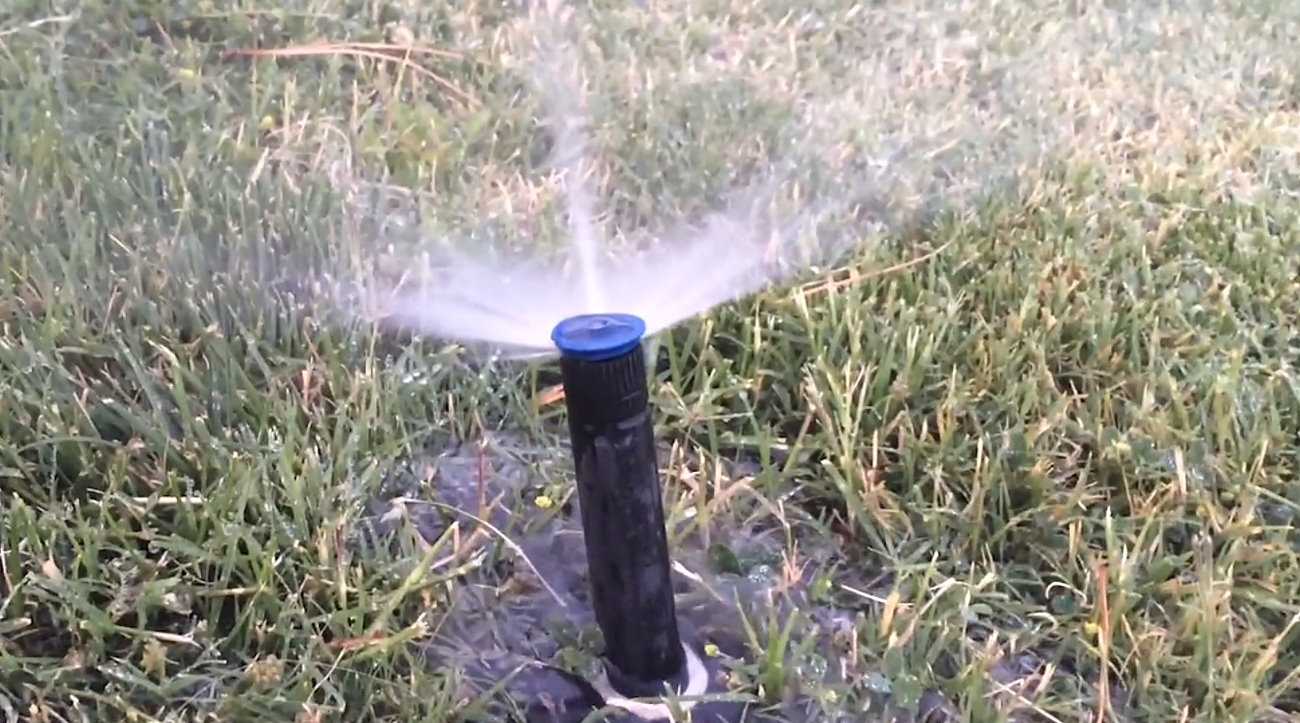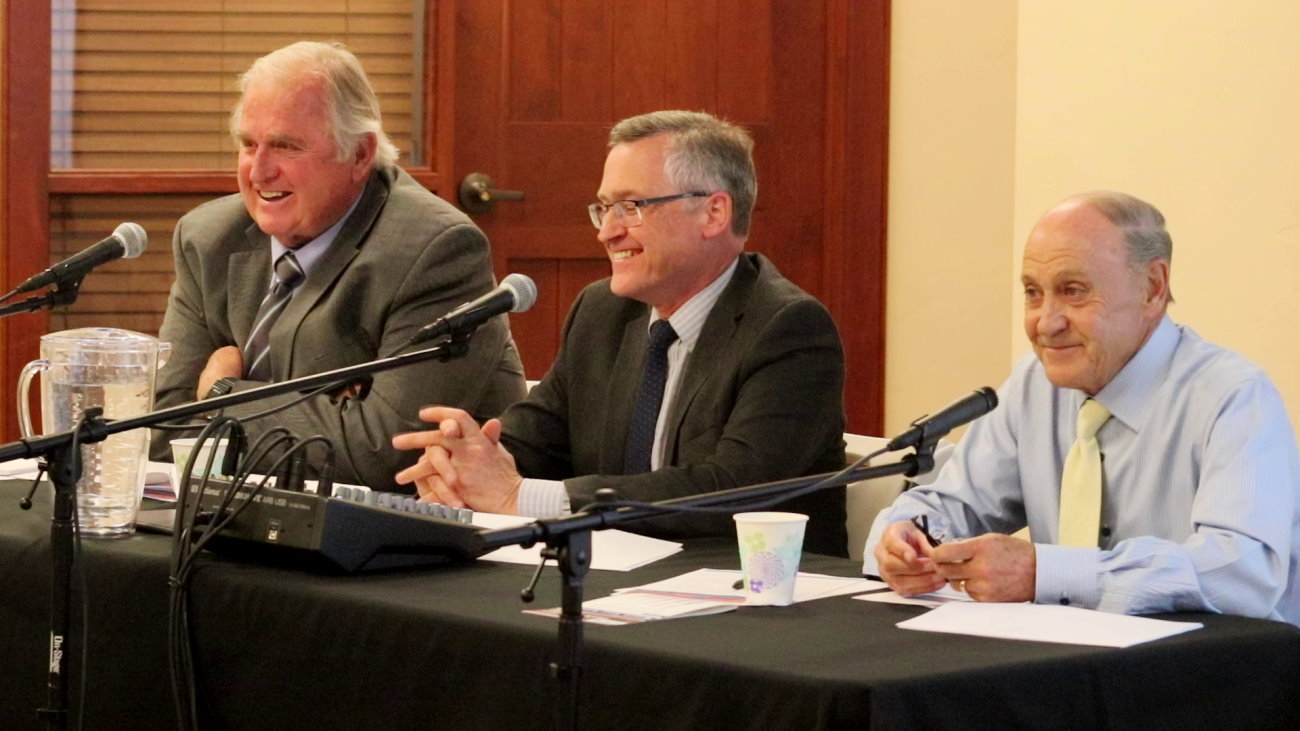ST. GEORGE — State water managers have finalized Utah’s regional water conservation goals following a public input period that garnered over 300 comments.

Goals were established for nine regions around the state for municipal and industrial use, which includes residential, commercial and institutional water use. However, those goals do not include water use for agriculture, mining and power generation, according to a press release from the Utah Division of Water Resources issued earlier this week.
This is the first time the state has created water conservation goals based on regional water use rather than an overall, statewide goal. The new goals replace Gov. Gary Herbert’s former challenge to reduce statewide water use by 25% by 2025.
The regional approach will better allow state water managers to account for water use in different areas based on their unique characteristics, according to the finalized plan. The nine regions have diverse terrain, climates, populations, development and varying levels of water use.
“When you look at the amazing variety we have in our great state – from southern Utah’s red rocks to the Alpine mountains in the north – targeting goals for a specific region allows the goals to account for things like climate, elevation, growing season and specific needs,” Eric Millis, Division of Water Resources director, said in the press release.

“It’s a more local and customized approach,” he said.
Some regions have more potential to conserve than others, the plan states, with some areas reaching the governor’s 2025 conservation goal well ahead of schedule.
The Washington County Water Conservancy District has followed the state’s guidelines for water conservation and exceeded the statewide 25% percent reduction goal in 2015, conserving up to 30% of the water used by that time, Karry Rathje, communications director for the Washington County Water Conservancy District, previously told St. George News.
Going to regional goals versus a statewide goal was an approach recommended by the 2015 Legislative Audit, 2017 Follow-up Audit, Third-Party Review and 2017 Recommended State Water Strategy.
According to the finalized regional water conservation goals plan, the Lower Colorado River South region — Washington and Kane counties — used a baseline of 305 gallons per capita per day in 2015. Under the plan, this region is slated to reduce water use 14%, with 262 gallons per capita by 2030 and ultimately 22%, with 237 gallons per capita by 2065.
“The plans the state came out with are closely aligned to what we’re doing already,” Zach Renstrom, deputy director of the Washington County Water Conservancy District, told St. George News Wednesday.
The water district has reviewed the plan and appreciates that it acknowledges previous water conservation efforts promoted by the district, Renstrom said.

Iron, Beaver and Garfield counties make up the Lower Colorado North region in the plan. The goal for this region – also based on the 2015 baseline – is to reduce water use 16%, with by 231 gallons per capita by 2030 and progress to 28%, with 205 gallons per capita by 2065.
The finalized plan also highlights the way water users can reduce their water use, such as homeowners using more water-efficient toilets and appliances and making sure water fixtures like faucets and shower heads are also water efficient and aren’t leaking.
Other recommendations include water-wise landscaping, secondary water meters and increased irrigation efficiency.
The public input period for the regional water goals ran from Aug. 27 to Sept. 25 and garnered 334 comments that were reviewed by state water planners.
Although the new conservation goals did not change, the comments improved the readability of the report, including text clarifications that make the report better, according the Utah Division of Water Resources. The comments and the division’s response to them are included in Appendix J of the report.

While state water planners say the new goals will create more water savings, conservation groups like the Utah Rivers Council have disputed the numbers and call the new regional plan a ploy to justify billion-dollar water projects like the Lake Powell Pipeline and Bear River Development.
“The Utah Division of Water Resources has released a water plan which cuts Utah’s current statewide water conservation goals by 50%, lowering it from a 1% savings per year to 0.5% savings per year over the next 50 years,” the Utah Rivers Council said in a statement released during the public comment period.
“The Division is pretending the plan is an ambitious water conservation plan, but the agency allowed lobbyists working to advance Bear River Development and the Lake Powell Pipeline to consult with them to reduce water conservation efforts,” the council stated.
The council says Washington County has an annual water conservation goal of 0.44%, which it describes as “anemic” when compared to other parts of the United States that have annual conservation goals ranging from 2-4%.

To formulate the regional water conservation goals, the Division of Water Resources first gathered public input. During fall 2018, over 1,650 people participated in a water conservation survey, and eight open houses were held across the state.
After public input was tallied, a team consisting of water providers, members from the Governor’s Office of Management and Budget, and Water Resources staff worked with a third-party consultant to provide input on the region-specific goals. Public input gathered during the 30-day comment period was reviewed and incorporated.
“These goals will help guide the state’s water managers in planning future infrastructure, policies and programs consistent with Utah’s semiarid climate and growing demand for water,” Millis said. “They will also be used to plan conservation programs.”
View the regional water conservation goals at Water.Utah.Gov/goals.
Copyright St. George News, SaintGeorgeUtah.com LLC, 2019, all rights reserved.